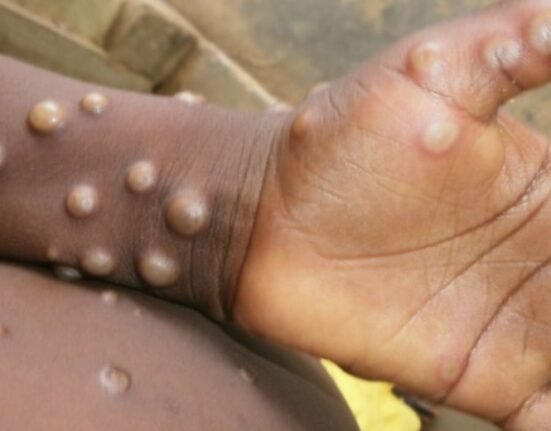HQ Team
September 9, 2024: India suspects a young male to be infected with mpox after he travelled to a country currently in the grip of the disease, according to a government statement.
The patient has been isolated and is “currently stable,” according to a statement from the Federal Ministry of Health and Family Welfare.
Samples from the patient are being tested to confirm the disease and contact tracing “is ongoing to identify potential sources and assess the impact within the country.”
According to the National Centre for Disease Control In India, the first case of mpox was reported in Kollam, Kerala on July 14, 2022. Another case from the southern state was again reported on March 27, 2024.
Face-to-face exposure
A total of 15 laboratory-confirmed cases were reported from Kerala and an equal number from India’s capital New Delhi. “Self-reporting to the health care provider has been the modality for case detection in India,” according to a statement from NCDC.
A person meeting the case definition for a suspected case may have an epidemiological link to a confirmed case. The link includes face-to-face exposure including healthcare workers without appropriate personal protection equipment; direct physical contact with skin or skin lesions, including sexual contact or contact with contaminated materials such as clothing, bedding or utensils, according to NCDC.
The development of the current case is consistent with “the earlier risk assessment conducted by the NCDC and there is no cause of any undue concern. The country is fully prepared to deal with such isolated travel-related cases and has robust measures to manage and mitigate any potential risk,” according to the ministry.
A person of any age having a history of travel to affected countries within the last 21 days presenting with an unexplained acute rash or swollen lymph nodes, having fever, headache and body aches resulting in profound weakness are being tested.
Core surveillance strategy
Physicians are currently recommended to monitor patients for up to 21 days. The World Health Organization declared a global emergency on August 14 following an outbreak of the disease in the continent, with Congo and Burundi being the worst-hit African nations.
India’s Core Surveillance Strategy involves hospital-based surveillance such as health facility-based surveillance and testing in dermatology clinics, sexually transmitted infection treatment clinics, paediatrics and outpatient departments and emergency departments.
In its targeted surveillance strategy the government has targeted intervention sites identified by various health bodies along with a surveillance measure for measles by its immunization division.
Government-run healthcare units were told to initiate contact tracing and tests for suspected cases.








